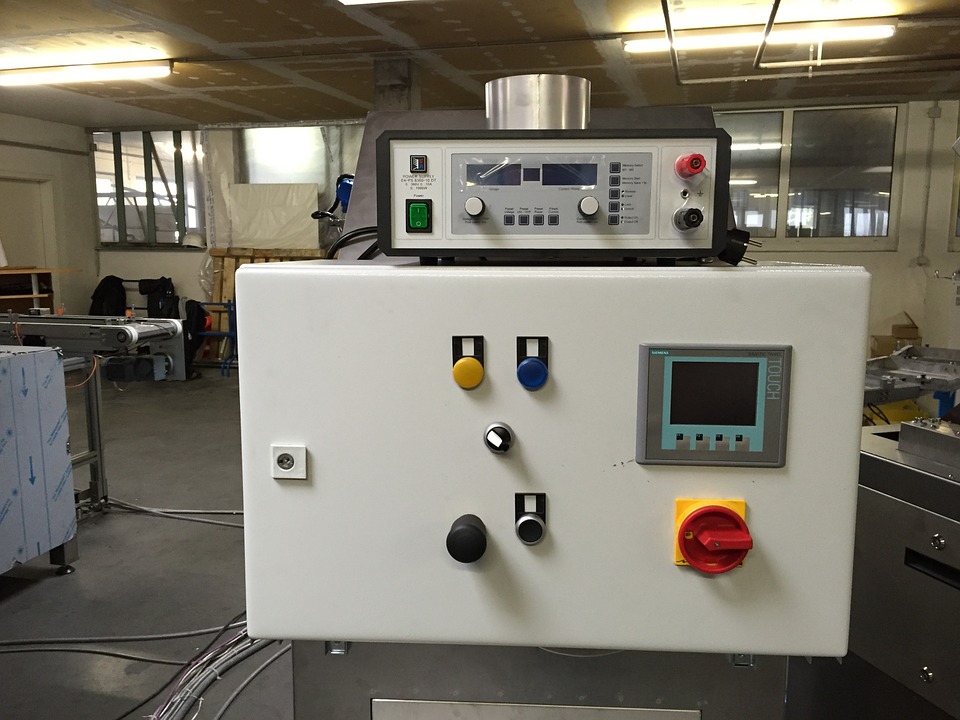In coming up with a checklist of “things that make the world go round,” would you consider conveyor belts to be among them? Curiously, conveyor systems really are a part of many of our everyday routines, whether immediately visible to us or not. One of the first images you might have may be of the luggage conveyor belts in airports, moving hundreds of suitcases and boxes from one point to the next continuously, without people needing to do the heavy lifting.

In fact, the possibilities for belting systems go quite beyond the airport carousel. Modern engineering has broadened the list of functions that can be carried out by motorized conveyor systems inefficient, safe, and productive ways.
How does the conveyor system work and what are some of its most important applications? Read on to learn a little bit more about conveyor systems, which have much of our everyday lives on loop.
Conveyor Systems: The Basics, and More
In simple terms, a conveyor belt comprises two or more pulleys—with the powered pulley called the ‘drive pulley,’ and the unpowered pulley called the ‘idler’—continuously looping the materials above them. In a common belting system, the belt is supported by a series of rollers along its path of trajectory, preventing it from sagging as it conveys its load.
Conveyor systems are also multi-directional—vertical and horizontal—and are designed across a variety of sizes and configurations, for the industries that they are meant to serve. Using a conveyor system lessens consumption of power, at maximum efficiency, when taking an object from one point to another in the production line. The machine can move items with just the right amount of force that they need, without damage or injury to human operators.
Superior motor technology can spur the humble conveyor system to perform at its highest and most efficient. The ideal motor employs high torque density to transport higher loads and remains cool even whilst performing in the most challenging work environments—ensuring that objects are transported throughout as many battery cycles as possible.
Then, it follows that the conveyor system will be a formidable tool in keeping up with business operations, fulfilling even more complex functions such as with cellular conveying technology, or just moving a heavy gallon of milk or two from your hands to the cash registrars at the grocery aisle.
Some Key Applications
That said, conveyor technology for transporting materials is depended upon in many fields, many of which intersect with our daily living. Here’s a short list of just some of their most important applications.
- The food industry. Companies that manufacture all types of food products on a wide commercial scale utilize conveyor system technology. This applies to everything from bakeries to confectioneries—think of thousands of little pieces of candies being transported to be cooled, then wrapped, then packaged.
- The pharmaceutical industry. The efficient movement, placement, and safe handling of chemicals and finished products are valuable to the pharmaceutical industry. These are functions that can be made possible by conveyor systems and other motion equipment.
- The transport and shipping industries. Conveyor systems are needed wherever there is a terminal, and wherever there is cargo in need of careful handling. Aside from airports as previously mentioned, conveyor systems are also used to load material in shipyards.
- The agricultural industry. The conveyor systems are a boon for our hardworking farmers, and the machines can be used to transport everything from farm equipment, fertilizers, and freshly harvested crops.
- The energy industry. In places such as a thermal power plant, which converts heat energy to electricity from myriad heat sources, conveyor transport systems are vital. Belt conveyors can transport large volumes of coal across steep inclinations to storage sites before the energy is converted.
And so, the next time you think of something as a conveyor system as droll and one-note, think again—it’s this very type of technology that makes so many of our modern industrial activities possible.



